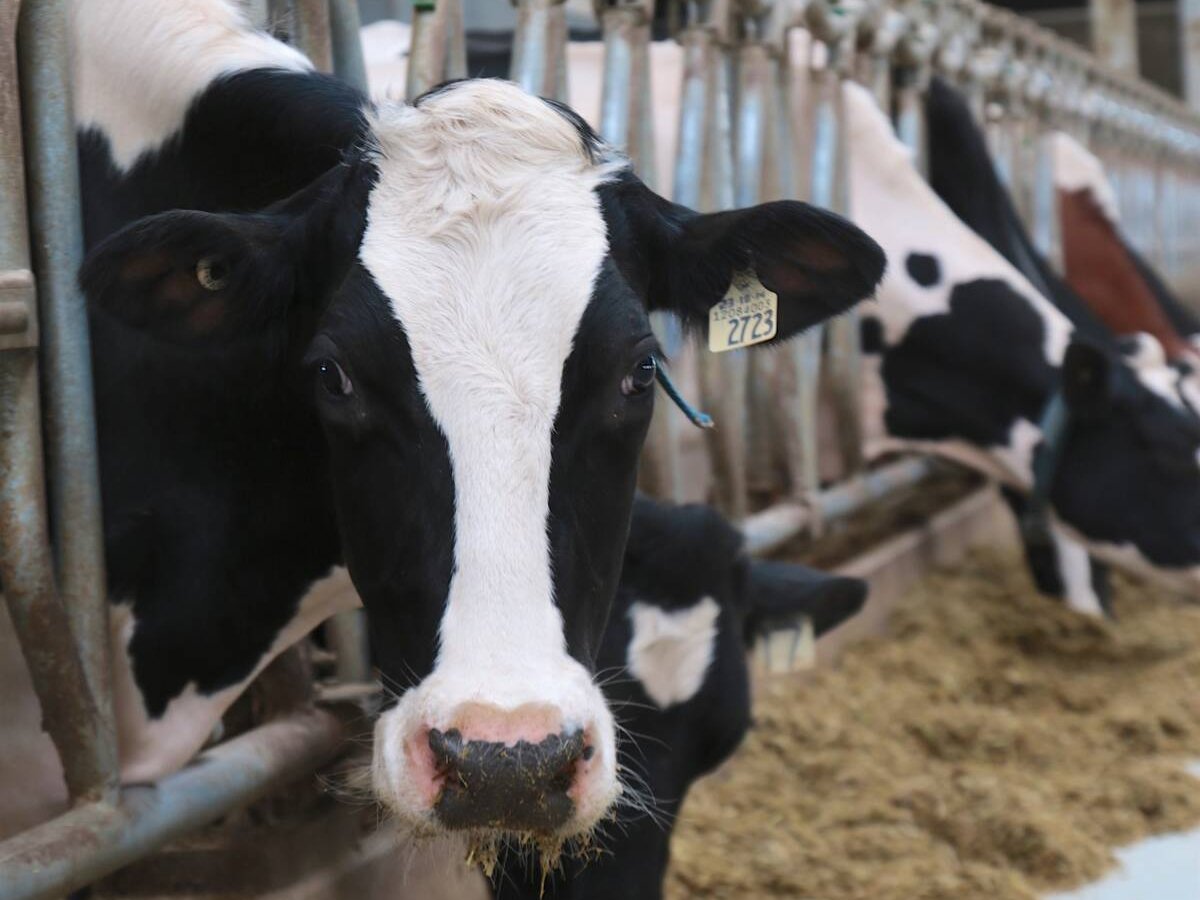By most standards a five-person increase in a college program is insignificant. But not when it’s five First Nations students attending the college of agriculture at the University of Saskatchewan.
Those five students represent a 500 percent increase from two years ago and that is cause for celebration.
“We’ve got a long way to go but it is starting to improve,” said agricultural economics professor Tom Allen.
Increasing the number of Indian students at agriculture colleges is a priority for the Federation of Saskatchewan Indian Nations. It’s an integral component of FSIN’s new agriculture strategy launched last year.
Read Also

The Organization for Economic Co-operation and Development lauds Canada’s low farm subsidies, criticizes supply management
The Organization for Economic Co-operation and Development lauded Canada’s low farm subsidies, criticized supply management in its global survey of farm support programs.
In 2001, there was only one First Nations student enrolled in the diploma program at the college of agriculture. This year there are three Indian students in the two-year diploma program and three in the four-year degree program.
It has been four years since there has been a First Nations graduate from the degree program.
FSIN officials estimate there are 500 Indian farmers in the province. Of those, 150 are wild rice producers, 100 are grain farmers and the remainder are cow-calf producers.
Indian bands own an estimated 1.6 million acres of agricultural land in the province, 80 percent of which is farmed by non-aboriginals. With more treaty land entitlement settlements on the horizon, bands will soon control 2.3 million arable acres.
FSIN wants more of that farmland managed by First Nations people. Before that can happen, there has to be a pool of trained labour.
There have only been five First Nations graduates from the college’s degree program, so that pool is limited.
Allen said the college actually has 22 students who have identified themselves as aboriginal, but the target group for this program is the smaller subsection known as First Nations or Indian students.
“What we’re missing is the students off of the reservations. Those are the ones that we need to get in here to be able to go out and help the people manage these land bases,” he said.
Agriculture has had a difficult time attracting Indian students. In 2002 the college had three First Nations students in the degree program out of a total of 576, or half of one percent of the program’s undergraduates.
That same year the university had 697 First Nation’s students enrolled in all degree programs out of a total student body of 19,931, yielding a much higher percentage of 3.5 percent.
One explanation for why agriculture lags other colleges in attracting Indians is that First Nations’ youth have few farming mentors.
“There is not a large history of agriculture on reserves,” said Allen.
Another possible reason is an overall image problem that deters students of all races. The college is closely identified with farming, an industry that doesn’t look attractive these days.
“It’s hard to convince a student that it’s a great industry to go in,” said Allen.
But with stronger recruitment programs and more Indian students graduating from the college, Allen expects to see enrolment numbers rise.
Another thing that will help it grow is more students identifying themselves as Indians. Some people have been uncomfortable making that declaration. The university hasn’t been tracking First Nations enrolment numbers for long and hopes that will change with time.















